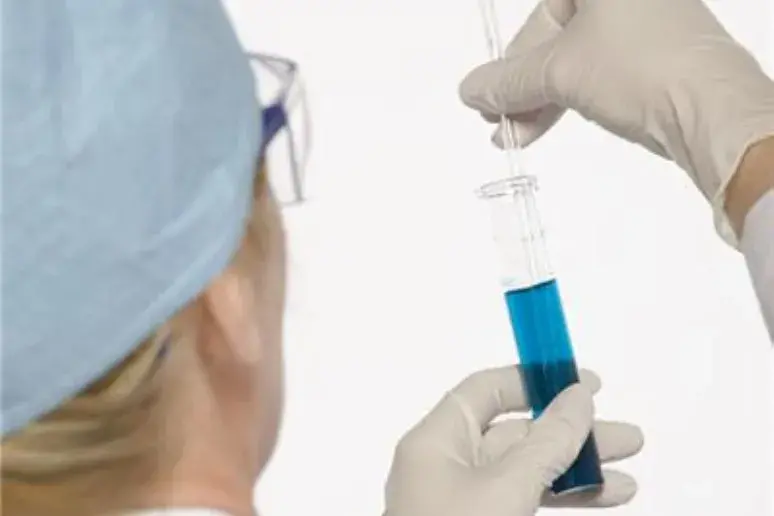
New tool 'to aid research into Alzheimer's, Parkinson's and Huntington's'
A new nanotech tool modelled on the structure of the silk moth's antenna could help to progress research into Alzheimer's, Parkinson's and Huntington's disease, researchers have claimed.
Scientists at the University of Michigan copied the structure of the insect's antenna to develop an improved nanopore - a minuscule device that enables the study of a single molecule or protein.
However, due to the tendency of the nanopore to clog easily, their usage has not been widely adapted in laboratories. By integrating an oily coating into the device, the scientists were able to reduce this obstacle.
Michael Mayer of the University said: "It allows us to gain understanding about their size, charge, shape, concentration and the speed at which they assemble. This could help us possibly diagnose and understand what is going wrong in a category of neurodegenerative disease that includes Parkinson's, Huntington's and Alzheimer's."
In other news, researchers at the University of Central Florida found that the onset of Huntington's disease could be delayed by improving the metabolism of the brain.
Find the nearest Barchester nursing home.
Find your nearest Barchester care home
With over 200 care homes in the UK, there's always a Barchester care home near you.
